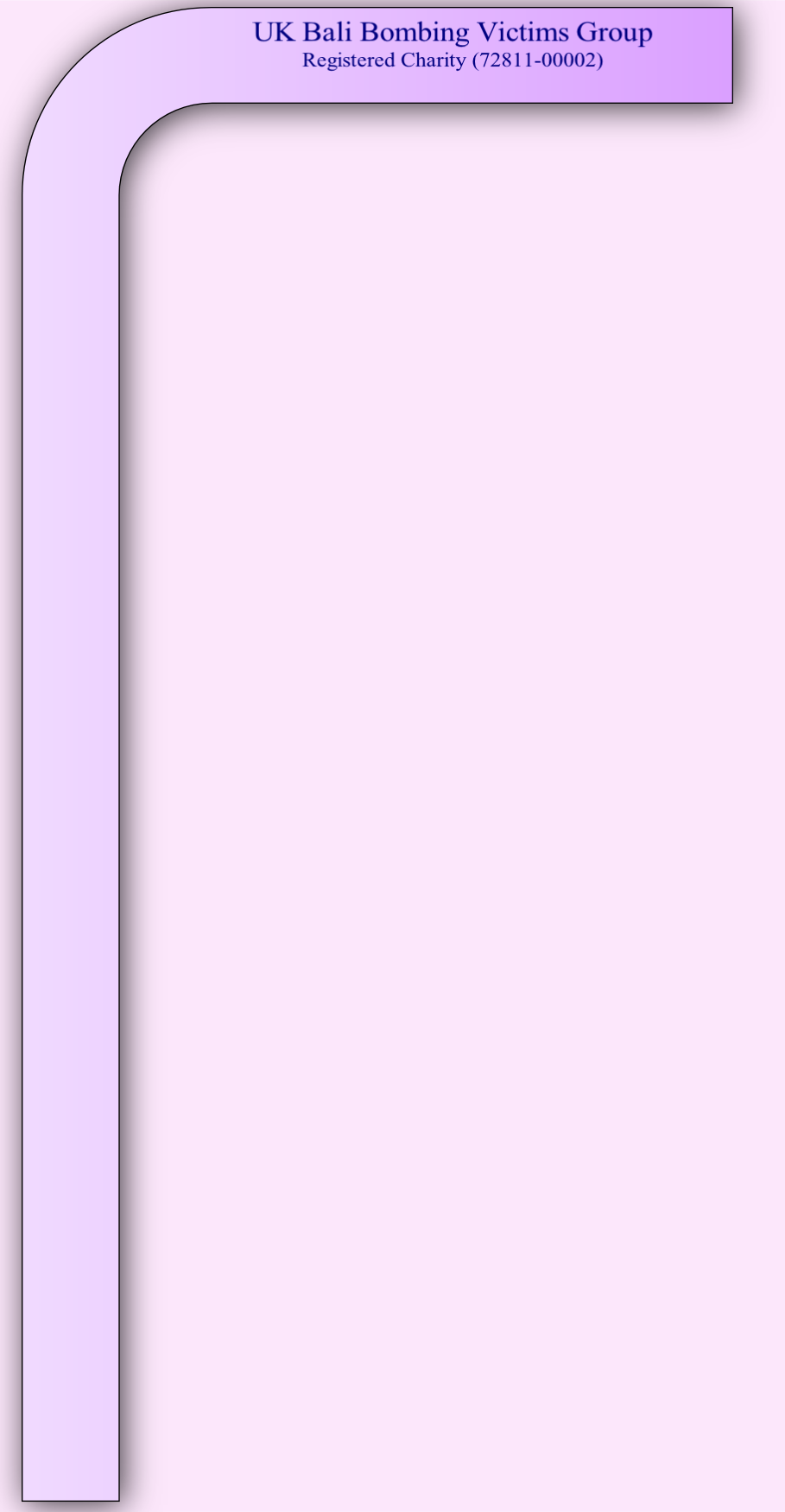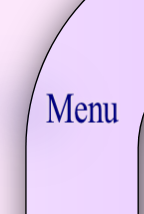





DEVELOPMENT OF AN HUMANITARIAN ASSISTANCE INFORMATION WEBSITE
Background:
The recent NAO report “Review of the experiences of UK nationals affected by the Indian Ocean Tsunami” and the Government lessons learned from 7th July bombings published on 22 September 2006, exposed the need for public access to immediate information following an incident.
We have consulted with groups and voluntary organisations who agree that there is a clear need for simple, practical advice in the immediate few hours following an incident, as well as information in later weeks about longer term support services.
The site will serve as 2 functions:
Function One: will provide practical information immediately following an incident.
To include -
Function Two: will provide information on longer term support, useful contact details and the role of different support organisations available.
Hosting:
We are currently in discussions with Directgov, the government central website for information. Directgov have been encouraging Departmental websites to house more content onto their own pages and is now focusing more on branding the site and encouraging more users.
The Directgov website link is below:
http://www.direct.gov.uk
There are a number of benefits to doing this:
It is an existing site that already houses some useful information on Humanitarian Assistance as well as relevant topics which would be housed on our website (compensation, travel advice, bereavement advice)
A natural site to access “Government” information (was accessed by public looking for information in the immediate aftermath of 7/7)
Information can be updated very quickly
The pages can be accessed in many ways i.e. we can create a web address to according to the name of the incident www.direct.gov.uk/tsunami
Information can also be accessed by the directgov address – any emergency incident will be given “homepage” status for the immediate aftermath
A number of related Departments are already housed on directgov (likely more will follow given their intention to reduce Government sites).
Content:
Function One
We propose that Function one would simply be a boxed area on the main homepage that would inform the users of the incident – it would provide
practical information. Example below:
Function Two:
We propose that function Two contain key categories, including:
PRACTICAL ASSISTANCE
FINANCIAL ADVICE
EMOTIONAL SUPPORT
Following feedback from some of the survivor groups, it was also suggested that we try and incorporate information for friends and family of those involved in incidents, and information on media handling.
The development of the site is very much in its infancy and we are very keen to engage with stakeholders on the types of information we need to cover, and how this information would need to be presented to ensure that it is both accessible and relevant to our audience.
Below are some of the considerations we have come up with for the initial planning of the site, the list is by no means exhaustive.
o Headings on the main homepage may include: UK incidents & Overseas incidents.
o Managing expectations – it must clearly state what the website can and cannot offer.
o Should not include duplication of information from other sources -
o Consider splitting the site according to the audience
o Include information on how the UK responds to emergencies
o Have a “virtual” assistance centre – with telephone numbers
o Include an A-
o Create a “one stop shop”
o Identify needs “if you are reading this in the first 24 hours of an incidents, 48 hours, one week etc
o Explain how Government is responding to the incident
o Recognise diverse needs after an emergency